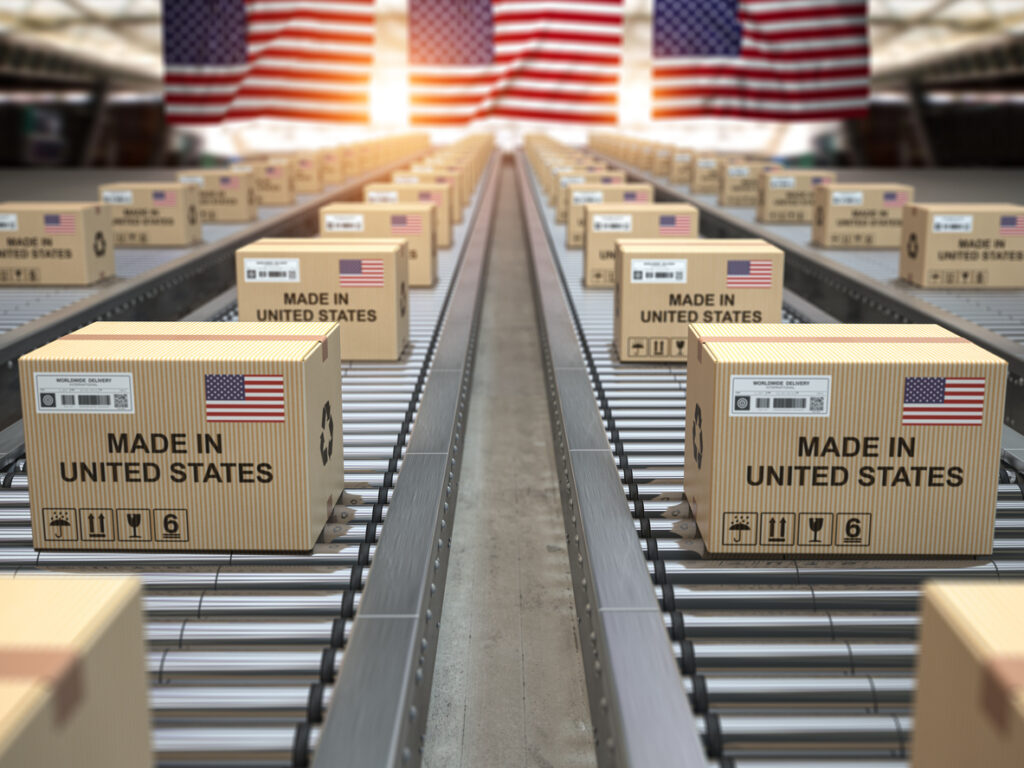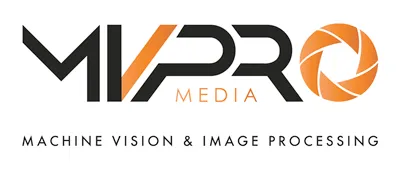The United States’ recent implementation of broad-based tariffs, including a baseline 10% duty on all imports and significantly higher rates on key trading partners, such as China (34%), Vietnam (46%), and the European Union (20%) is poised to reshape the competitive landscape of the machine vision industry. As an industry deeply reliant on global supply chains, these new trade barriers are creating clear winners and losers. Some companies will struggle with increased costs and supply chain disruptions, while others will benefit from reduced competition and shifts in production strategies.

Losers: Companies Hurt by Tariffs
Many machine vision firms depend on components sourced from tariffed countries, increasing production costs and forcing companies to either raise prices or absorb lower profit margins. Cognex Corporation, for example, acquired Schott-Moritex, a Japanese optics manufacturer, for $275 million in 2023. Now, with a 24% tariff on Japanese imports, Cognex could see an increase in costs ranging from $15 to $30 million annually. Similarly, Teledyne Imaging, which acquired Netherlands-based Adimec Holding B.V. in early 2024, faces a 20% tariff on high-end camera systems imported to the U.S. As a result, Teledyne is expected to raise U.S. prices by 5-8%.
European machine vision firms are also facing new challenges. Basler AG, a leading German manufacturer of vision cameras, will see a 20% EU import tariff, which could make its products 10-15% more expensive for U.S. buyers. The consequence? Customers may begin shifting to domestic alternatives such as Cognex or FLIR Systems.

Beyond component importers, companies that rely heavily on U.S. exports are vulnerable to retaliation. TKH Group, a Netherlands-based firm with over $1 billion in revenue, relies significantly on U.S. sales. However, with European Union tariffs imposed in response, TKH is projected to see a 5-10% decline in revenue from its American customers. Likewise, Japan’s Keyence Corporation, a dominant supplier in the machine vision sector, now faces a 24% tariff on its U.S. exports, impacting nearly 40% of its total revenue. To mitigate these challenges, Keyence may seek to shift production to Southeast Asia to circumvent tariffs.
Industrial automation companies that incorporate machine vision technology are also being hit hard. Tesla, which depends on AI-powered vision for Gigafactory production lines, imports crucial components such as LiDAR sensors and AI-driven cameras, now subject to tariffs. The resulting increase in production costs could reach between $50 and $100 million per year. Similarly, semiconductor giant Intel, which utilizes machine vision for chip inspection, sources precision vision systems from Germany, Japan, and China. With tariffs on these imports ranging from 10% to 20%, Intel is expected to face significant cost increases.
Winners: Companies Benefiting from Tariffs
Not all machine vision companies are struggling under the new tariffs. Domestic manufacturers stand to gain as foreign competitors face import taxes. Cognex Corporation, already a market leader in U.S. vision systems, is poised to benefit from the higher costs faced by EU and Japanese competitors like Basler and Keyence. This competitive edge has already resulted in an 8% increase in Cognex’s stock price over the past quarter. Similarly, FLIR Systems, which specializes in domestic thermal and machine vision cameras, is seeing a surge in demand, with projected revenue growth of 12-15% in 2025.

U.S. component suppliers are another group benefiting from these changes. With tariffs making imported vision sensors and processors more expensive, domestic chipmakers and optics firms are seeing an influx of new orders. ON Semiconductor, for instance, a key supplier of CMOS image sensors used in machine vision, is experiencing increased demand from domestic manufacturers looking to avoid Chinese tariffs. This shift is expected to boost ON Semiconductor’s Q1 2025 earnings by approximately 10%. Corning Inc., a U.S. producer of optical components used in LiDAR and vision systems, is also expected to see a 15-20% growth in domestic orders as companies seek non-imported alternatives.
Beyond hardware, companies focused on software and AI-driven machine vision solutions are largely shielded from tariff impacts. NVIDIA, a leading supplier of AI-powered vision processing chips for robotics and automation, is seeing increased adoption of its AI-driven image processing technologies. Market analysts predict a 20% revenue growth for NVIDIA in 2025, driven by rising industrial AI applications. Similarly, Rockwell Automation, which provides automation software that integrates with machine vision systems, is expected to see revenue growth of 5-7% in the coming year.
Supply chain and logistics providers are also seeing a surge in demand as companies look for ways to navigate the new tariffs. Flex Ltd., a global leader in supply chain management, has helped clients shift 30% of China-based production to Mexico and Malaysia, leading to an 8% forecasted increase in 2025 revenue. Meanwhile, shipping giants UPS and FedEx are experiencing heightened demand for international shipping and rerouting services, with projected growth of 10% in global logistics revenues.
What to Watch Next?
- Retaliation from China, Japan, and the EU: Countries affected by U.S. tariffs are likely to impose countermeasures, which could negatively impact U.S. firms like Cognex and Rockwell Automation that rely on global exports.
- Supply Chain Shifts: More companies will relocate machine vision production to Southeast Asia, India, and Mexico to bypass tariffs, benefiting firms like Flex Ltd. and ON Semiconductor.
- Government Incentives: The U.S. government may introduce subsidies for domestic semiconductor and optics production, with Intel and ON Semiconductor potentially receiving funding to expand manufacturing.
- Growth of AI-Based Vision: With traditional hardware-based machine vision facing tariffs, companies are turning to AI-driven alternatives. NVIDIA’s AI-powered image processing technology is expected to gain traction as software-based vision systems become a dominant force.
Conclusion
The new tariffs are reshaping the machine vision industry, creating clear winners and losers. Companies that rely on imported hardware are facing major challenges, with higher costs and disrupted supply chains. On the other hand, U.S.-based manufacturers, chip suppliers, and AI-driven vision firms are well-positioned to capitalize on reduced competition and shifting market dynamics. The long-term success of businesses in this sector will depend on their ability to adapt whether by reshoring production, leveraging government incentives, or investing in AI-driven solutions. As the industry continues to evolve, agility and strategic planning will be key to staying ahead in this rapidly changing environment.
















